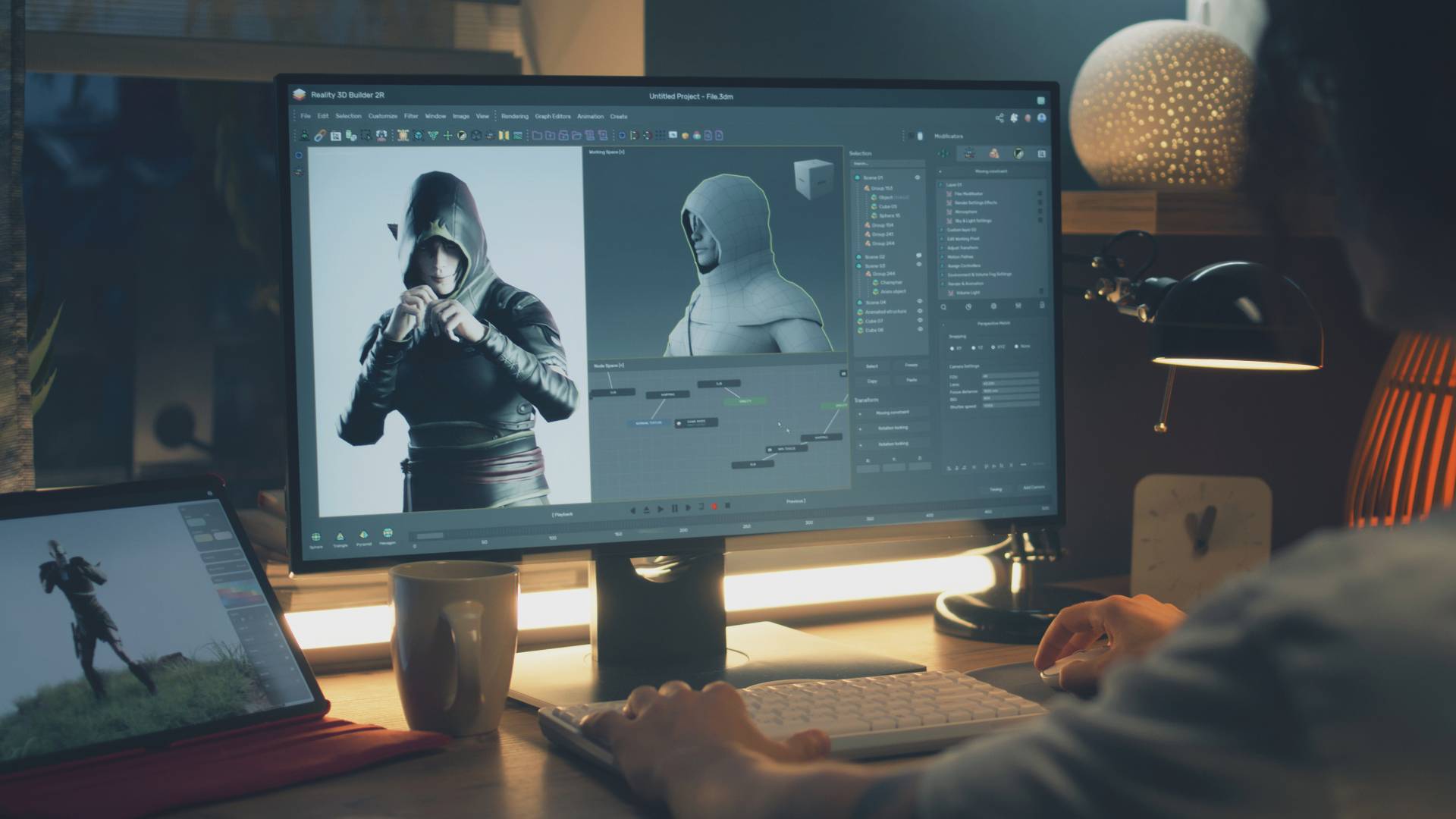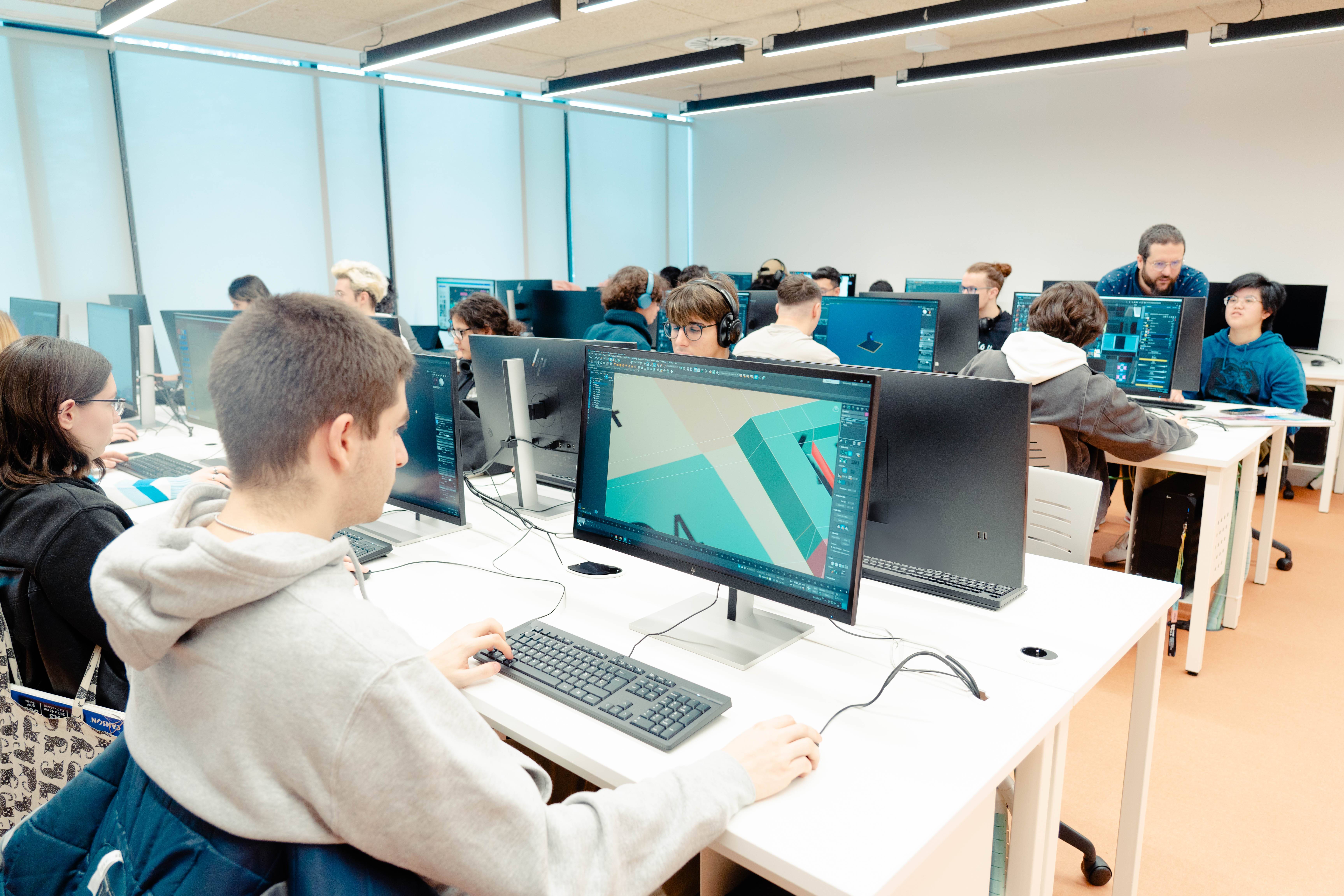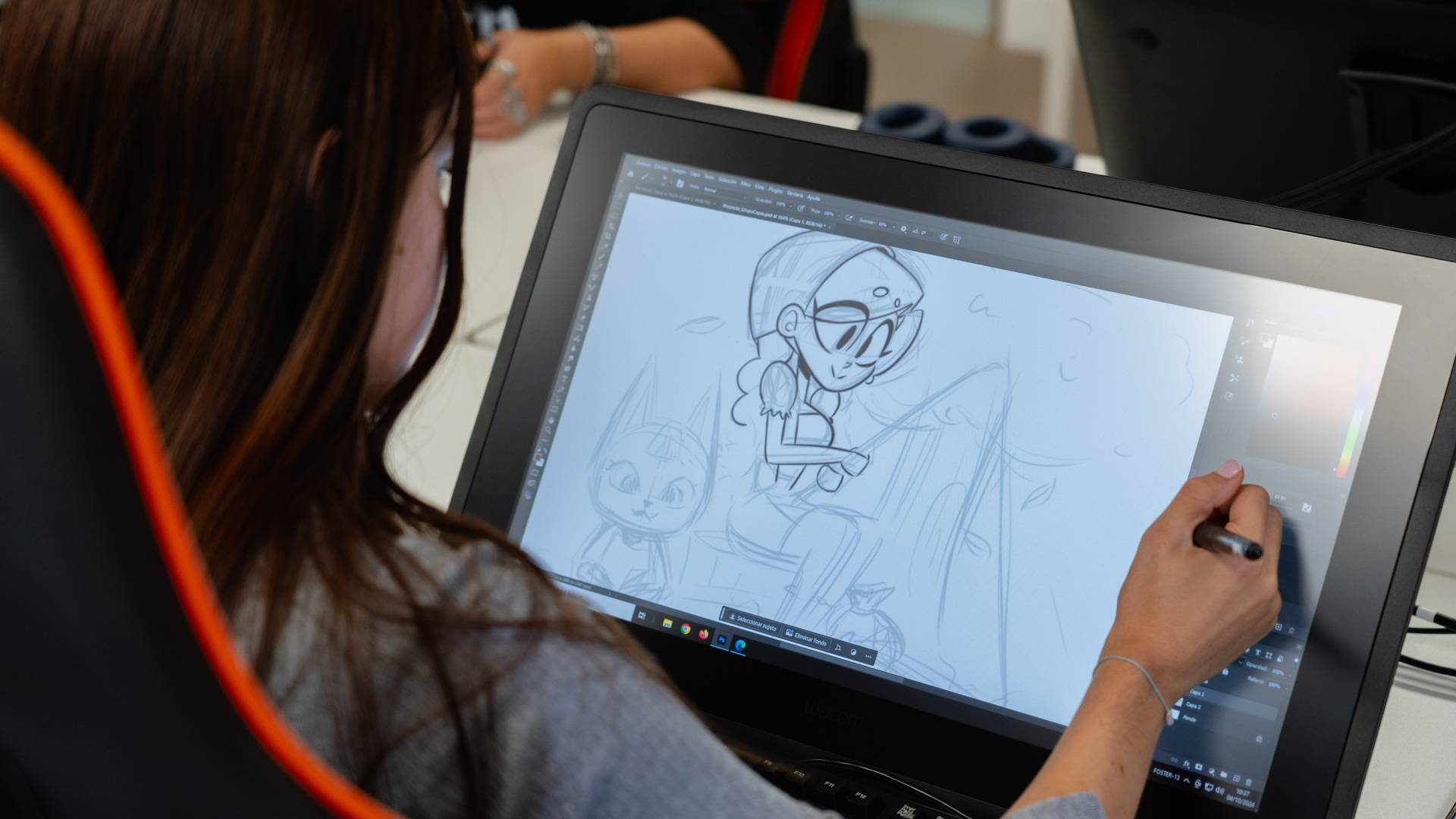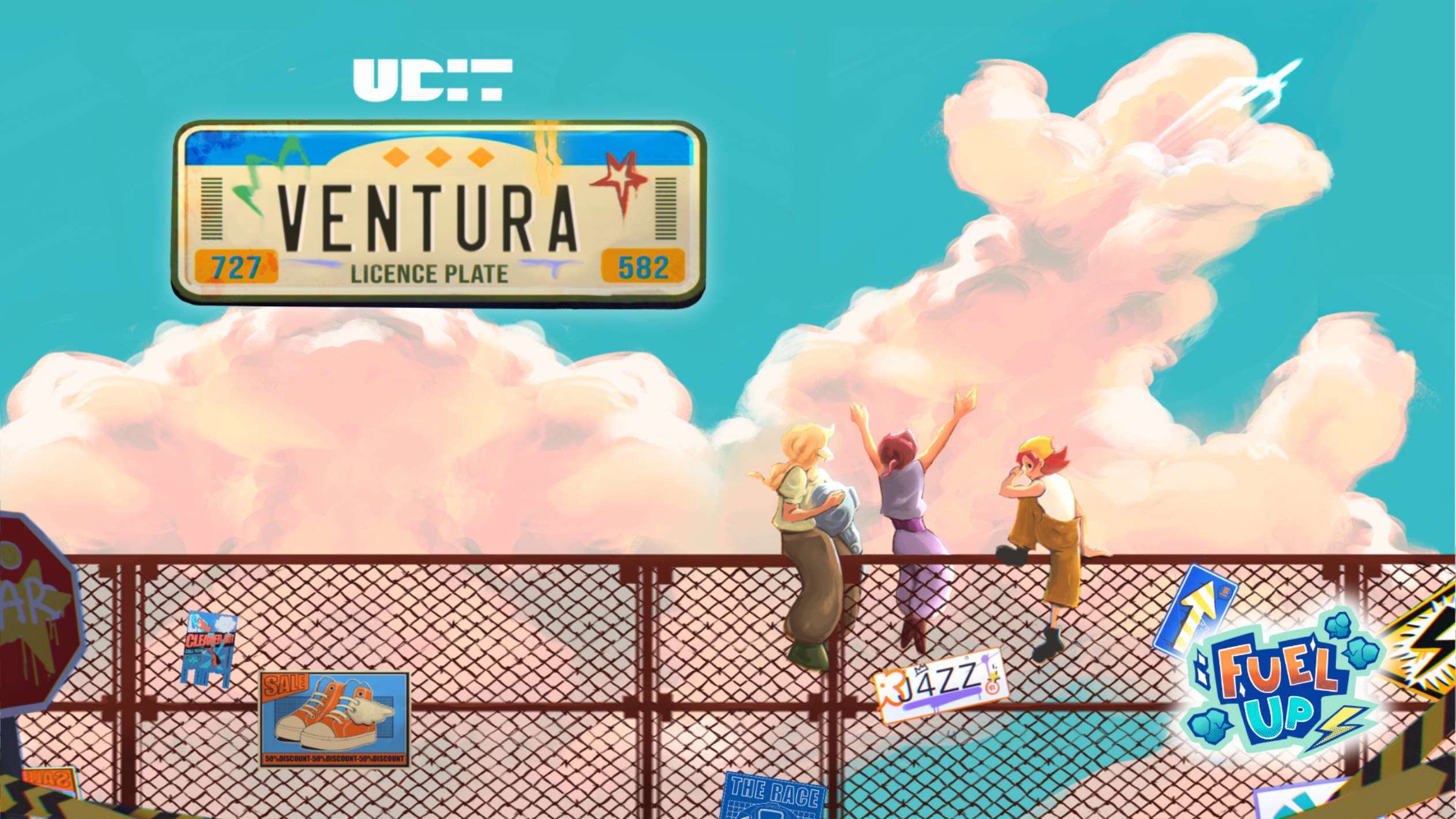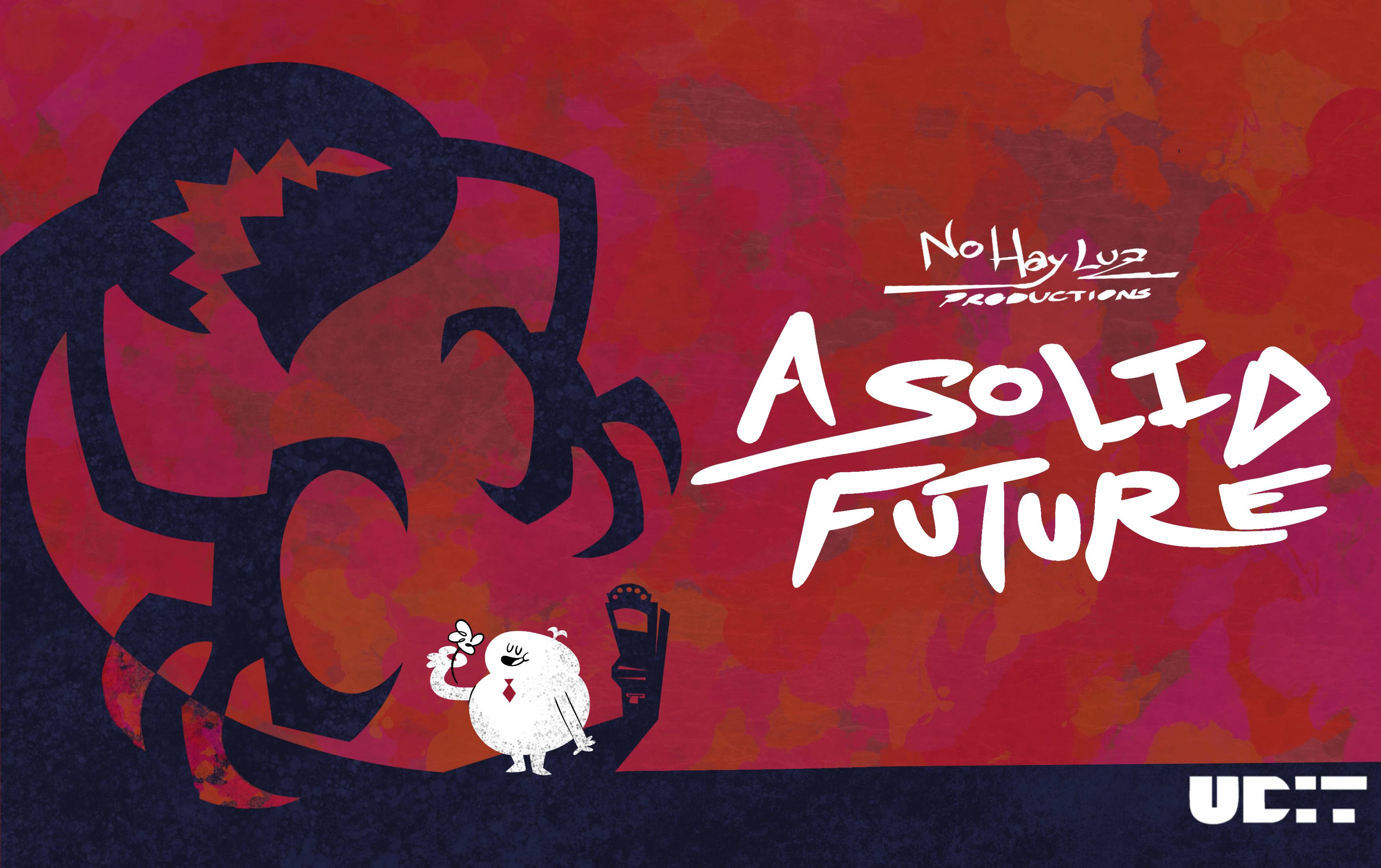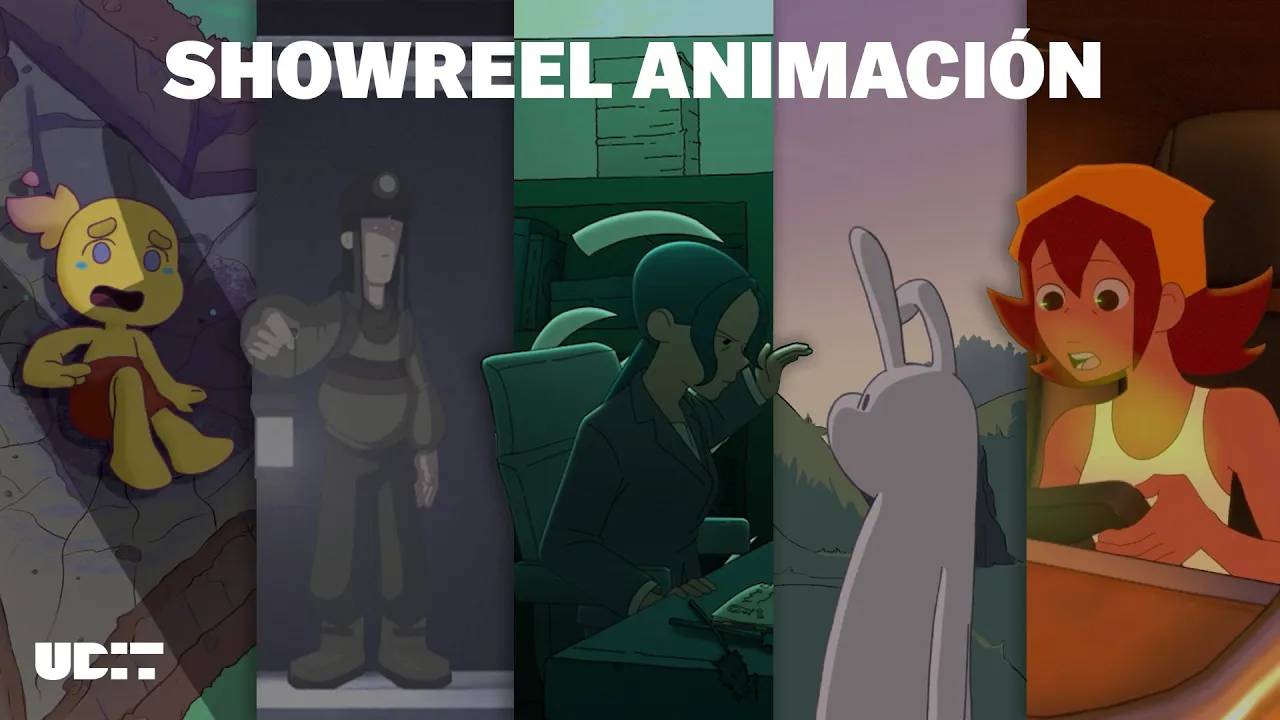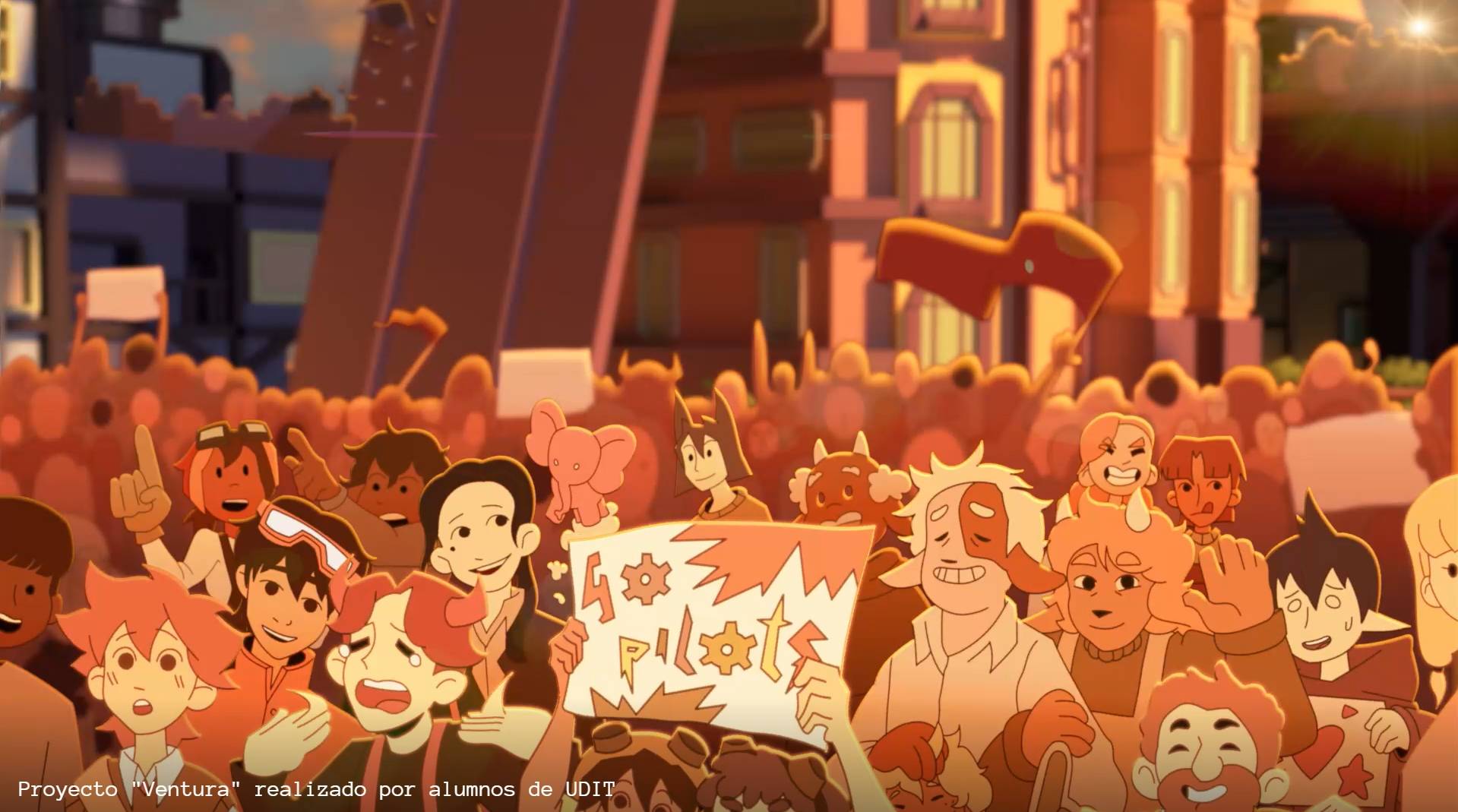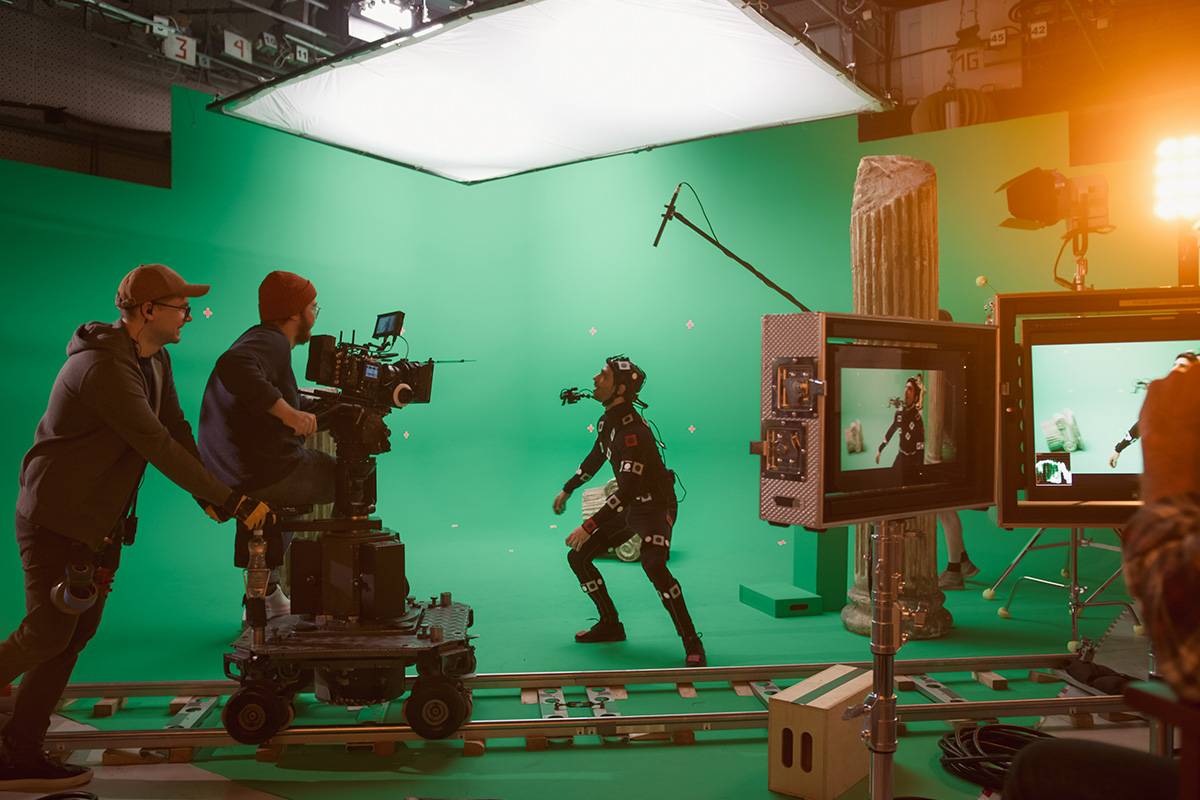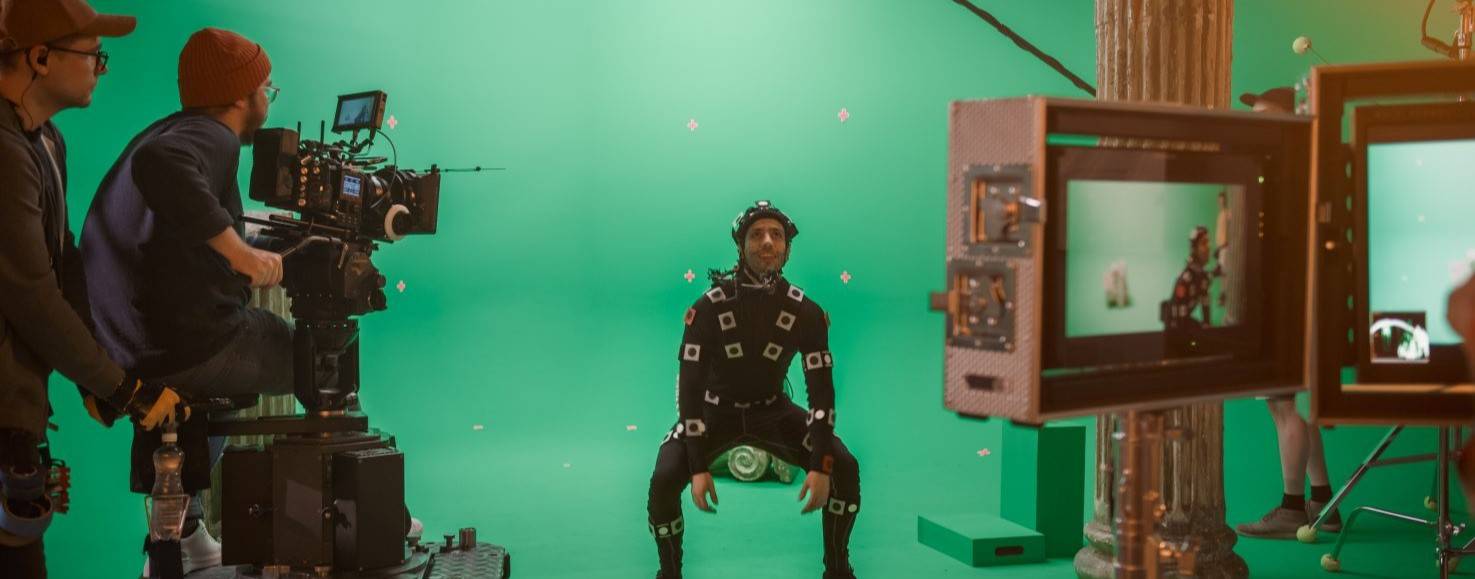5 animation trends for 2024 that you need to know about
Animation is a constantly evolving field, where technology, creativity and cultural trends combine to bring stories and characters to life in ever more surprising ways. In 2024, several trends are shaping the direction of this industry, from technological advances to new forms of storytelling, and at UDIT's Bachelor of Animation we are constantly updating ourselves to keep up with them all. Here are five key trends in animationfor this year that you should know about.
5 trends in animation
1. AI-generated animation
Artificial intelligence (AI) is revolutionising multiple industries, and animation is no exception. In recent months, we are seeing a significant increase in the use of AI to create faster and more efficient animations. AI tools can generate complex animations in a fraction of the time it would take to do it manually.
Applications of AI in animation
- Character creation: AI can generate detailed and realistic three-dimensional character models. Tools such as Artbreeder allow artists to create new characters by merging features of existing characters.
- Automatic animation: Software such as DeepMotion uses AI to transform 2D video into 3D animation. This allows animators to produce complex sequences with less manual effort.
- Landscape and scenery generation: AI can also create detailed landscapes and scenery, saving time and resources in production.
- Industry Impact: The use of AI in animation not only speeds up the production process, but also opens up new creative possibilities. Animators can focus more on art direction and less on repetitive tasks. However, it also raises ethical challenges about intellectual property and employment in the industry.
2. Augmented and virtual reality
Augmented reality (AR) and virtual reality (VR) are transforming the way we interact with animated content. These technologies allow viewers to immerse themselves in animated worlds in ways never before possible.
Augmented Reality
AR superimposes animated elements on the real world through devices such as smartphones and smart glasses. So far this year, we are seeing a boom in AR applications that use animation for:
- Interactive education: Applications that allow students to explore complex concepts through animations overlaid on their real-world environment.
- Immersive entertainment: Games and interactive experiences that combine the real world with animated elements, creating richer and more immersive user experiences.
- Virtual Reality: VR, on the other hand, offers fully immersive experiences where users can explore 360-degree animated worlds.
Current trends include:
- VR movies: Short and feature-length animated films created specifically for viewing in VR environments, offering immersive, multi-sensory storytelling.
- VR video games: Games that use animation to create interactive three-dimensional environments where players can move and act freely.
Future of AR and VR in animation
With hardware and software technology constantly improving, AR and VR are making animated experiences more accessible and engaging. These technologies not only change the way we consume animation, but also expand the creative possibilities for animators.
3. Experimental visual styles
Animation is in a phase of stylistic exploration, where creators are breaking with traditional conventions and experimenting with new visual styles. Experimental visual styles are currently gaining popularity in film, television and streaming platforms. Trends in visual styles
- Hybrid animation: Combining 2D and 3D animation techniques to create unique visual effects. A notable example is the film "Spider-Man: Into the Spider-Verse", which blends these techniques to achieve an innovative visual style.
- Retro video game aesthetics: The use of pixelated graphics and video game aesthetics from the 80s and 90s is being adopted by animators to create a nostalgic and stylised feel.
- Textures and mixed media: Integration of different textures and materials in digital animation, such as the inclusion of paper, fabric and paint in animated sequences, giving a more tactile and organic feel.
Impact on narrative
These experimental visual styles are not only aesthetically pleasing, but also allow creators to tell stories more effectively. Unique visual styles can help convey the tone and emotion of a story, and capture the audience's attention in a crowded marketplace.
4. Inclusive and diverse narratives
Diversity and inclusion are taking a central role in animation, reflecting a growing demand from audiences for stories that represent a wider range of experiences and perspectives.
- Diversity in characters and themes
- Cultural representation: Animations that represent different cultures and traditions, not only in characters, but also in settings and narratives. Recent examples include Disney's "Encanto", which celebrates Colombian culture.
- LGBTQ+ stories: Increased representation of LGBTQ+ characters and narratives, offering more inclusive and diverse stories.
- Disability and neurodiversity: Inclusion of characters with disabilities and neurodiverse conditions, presenting them in a realistic and respectful way.
Social and Cultural Impact
These inclusive narratives not only appeal to a wider audience, but also foster empathy and understanding. Animation has the power to reach audiences of all ages and backgrounds, and by including a diversity of voices and experiences, can contribute to a more inclusive society.
5. Decentralised production and distribution
The way animation is produced and distributed is changing, thanks to digital technology and online platforms. We are now seeing a move towards decentralised production and distribution, allowing independent creators and small companies to compete on a level playing field with the big studios.
- Decentralised Production
- Accessible tools: Affordable and accessible animation software, such as Blender and Toon Boom, allows independent animators to create high-quality content without the need for expensive equipment.
- Remote collaboration: Online collaboration platforms facilitate teamwork between animators around the world, eliminating geographical barriers.
- Distribution on digital platforms, streaming and video on-demand: Services such as Netflix, Disney+, and YouTube are investing in original animated content, giving creators more platforms to distribute their work.
- Crowdfunding and sponsorship: Sites like Kickstarter and Patreon allow animators to fund their projects directly through public support.
Benefits and Challenges
Decentralisation of production and distribution democratises the animation industry, allowing for a greater diversity of voices and styles. However, it also poses challenges in terms of monetisation and long-term sustainability for independent creators. Animation today is marked by technological innovation, visual experimentation, and a renewed commitment to diversity and inclusion. Emerging trends in AI, AR and VR, experimental visual styles, inclusive storytelling, and decentralised production are redefining the animation landscape. These developments not only enrich the way animation is created and consumed, but also open up new possibilities for creators and offer audiences more diverse and immersive experiences. Keeping abreast of these trends is essential for anyone interested in the future of animation.
Guide your future into animation with UDIT
The choice between 2D and 3D animation ultimately depends on the creative and practical goals of the project. Both types of animation offer unique opportunities to tell stories and create imaginary worlds. While 3D animation offers realism and depth, 2D animation provides a distinctive aesthetic and a more direct connection to artistic traditions. In the future, we are likely to see continued evolution and experimentation in both fields, as artists and technologists explore new ways to combine these techniques to create novel and exciting visual experiences. Animation is a fast-growing industry in the audiovisual entertainment market, and is in high demand in the world of work. With our Bachelor's Degree in Animation you will learn to create 2D and 3D animations, as well as cut-out techniques, Motion capture, script, concept art, production, post-production and VFX with renowned professionals in the animation sector. In addition, we have more than 2,700 agreements with some of the best universities in the world of Design and Technology so that our students can incorporate international and multicultural experience into their time at university.
If you want to focus your training on animation, don't hesitate to contact us. We will help you to resolve your doubts and accompany you in the process of choosing your future.
more information
7 reasons why you should study 2D and 3D Animation. What is the job and what are the career opportunities for the Degree in Animation?2D and 3D Animation: what are they and what are their differences? Turn your passion for animation into your profession.

